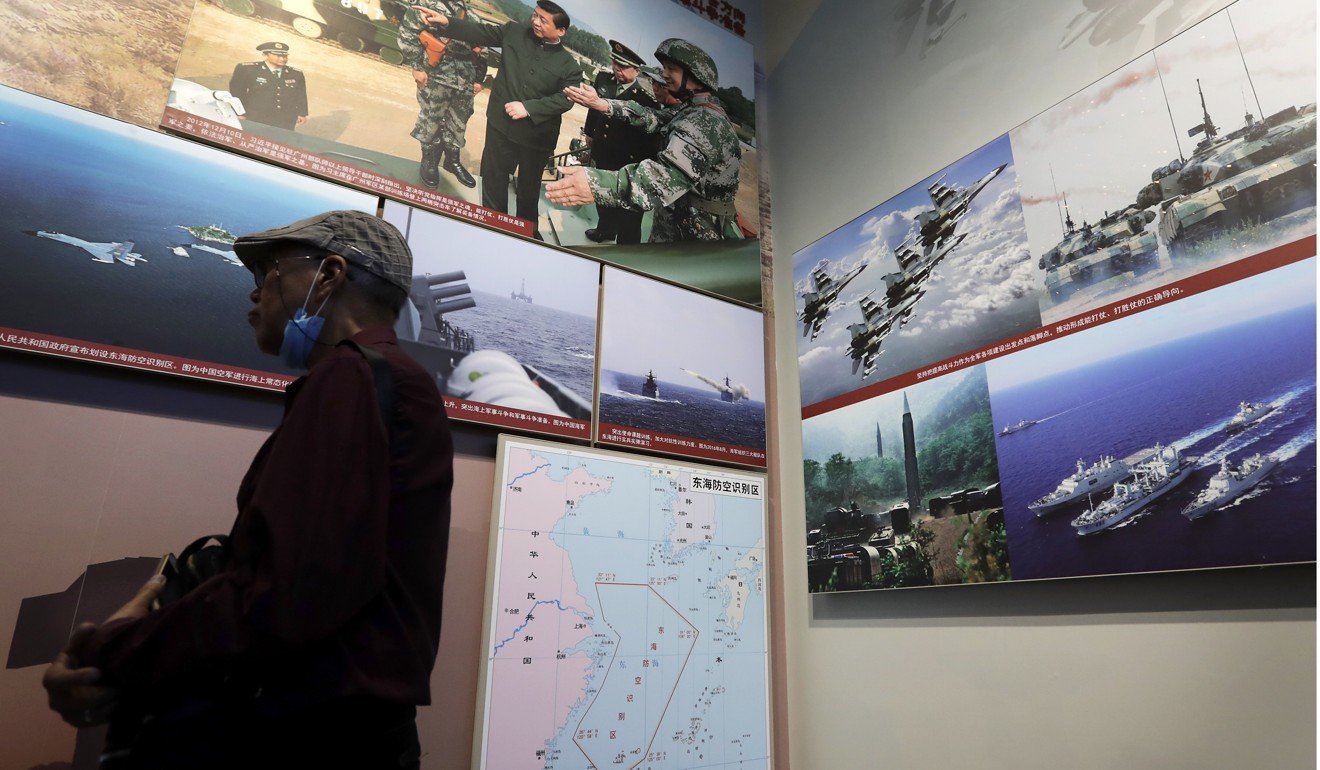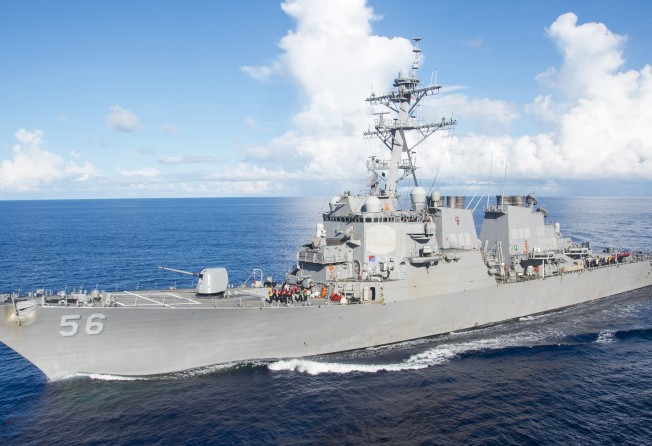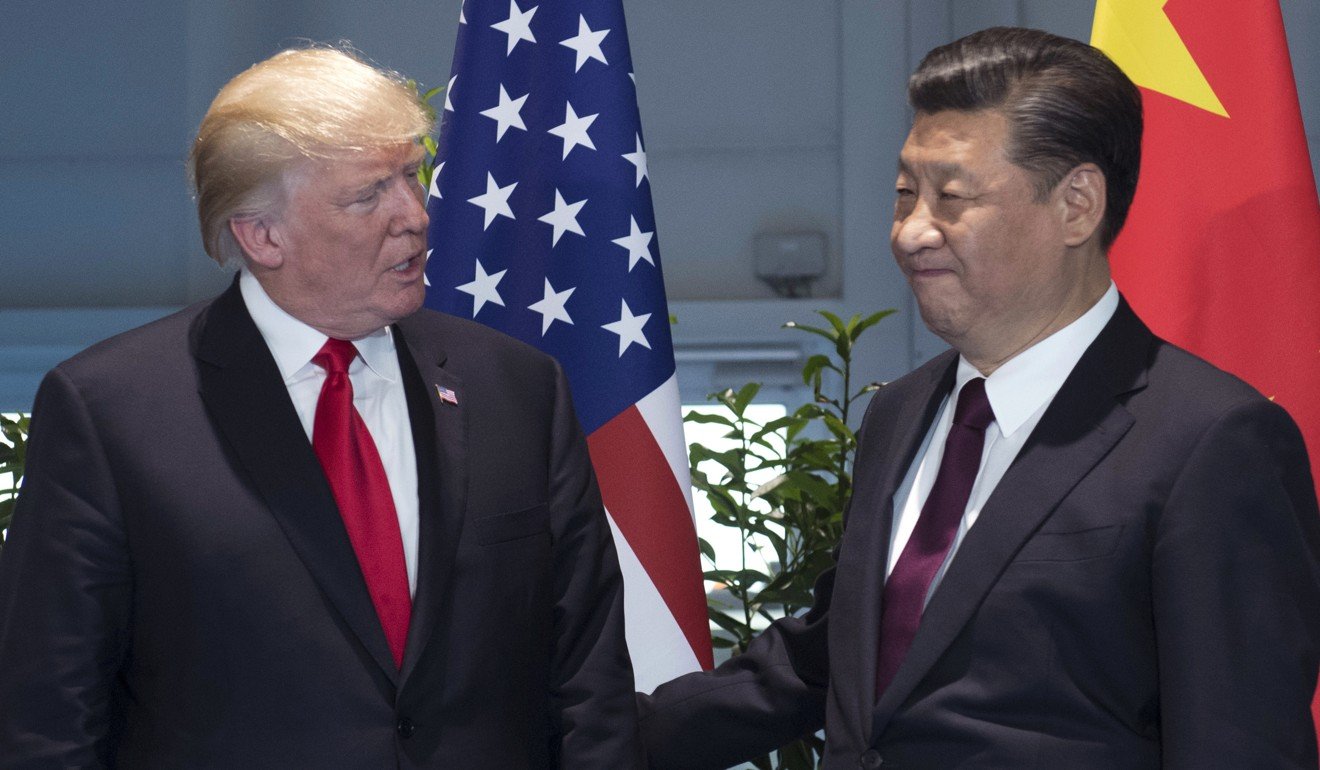
US and China must set ground rules for freedom of navigation patrols
Mark Valencia says after three such patrols under the Trump administration, the two sides appear to have settled into a predictable pattern of provocation and condemnation. Why not take the opportunity to agree on a modus vivendi?

On August 10, the top-of-the-line USS destroyer John S. McCain made a “non-innocent” passage within 12 nautical miles of China-claimed and occupied Mischief Reef in the South China Sea. This “freedom of navigation operation” indirectly challenged China’s sovereignty claim to the low-tide feature.
This was the third such operation under US President Donald Trump. The controversial use of warships to press a legal point – and China’s reaction thereto – have now become somewhat “routine” and may indicate a new modus vivendi between the two rivals, at least in the South China Sea.
The US defence department describes the premise of its freedom patrols thus: “Since the founding of the nation, the United States has asserted a vital national interest in preserving the freedom of the seas and necessarily called upon its military forces to preserve that interest.”
Based on this premise – and perhaps realising it may not become a party to the UN Convention on the Law of the Sea, which enshrined freedom of navigation in international law – the US initiated in 1979 the “freedom of navigation operation” programme to contest “unilateral acts of other states designed to restrict the rights and freedom of the international community”.
China considers these US operations a violation of its national laws requiring prior permission for warships to enter its 12-nautical-mile territorial sea and views them as a threat to its security.
So the two have a legal dispute in which – according to the US – China is in the wrong.

Despite US protestations to the contrary, these operations also have a political significance for both friends and foes. To the region and beyond, they are an indication of the status of the Sino-US relationship and the US resolve to contest China’s claims and actions in the South China Sea.
During Barack Obama’s presidency, there were six somewhat legally confused and confusing freedom operations. The last of those occurred last October. When some seven months went by without any such operations, there was hope that an understanding had been reached between the two to avoid accidents and misunderstandings. However, that hope was dashed on May 24 when the USS Dewey made a “non-innocent” passage within 12 nautical miles of Mischief Reef. China objected strenuously; the foreign ministry said the warship had “trespassed” near islands over which China has “indisputable sovereignty”.
Then, on July 2, another destroyer, the USS Stethem, sailed within 12 nautical miles of China’s long claimed and occupied Triton Island in the Paracels. China reacted strongly – in part because it was a repeat of a similar patrol in January 2016 and therefore unusually provocative, and because China has long considered the Paracels unquestionably its own, despite revanchist claims by Vietnam.
Indeed, China’s defence ministry used harsh language in condemning the Stethem’s actions, saying they “seriously damaged the strategic mutual trust between the two sides” and undermined the “political atmosphere” in the development of Sino-US military ties. It warned that the Chinese military would bolster its efforts in the waters, including “an increase in the intensity of air and sea patrols”.

This strong reaction was considered significant, especially since the US was at the time requesting China’s help in restraining North Korea’s nuclear weapons and missile development programmes. Not surprisingly, President Xi Jinping (習近平) told Trump in a phone call that “negative factors” were affecting US-China relations. It seemed that the more the US pursued these operations, the more they would damage US-China trust and confidence at a critical time.
Despite US protestations to the contrary, these operations have a political significance for both friends and foes
But, despite these strong words from China and the increasingly pressing US need for China’s help with North Korea, the US persisted with the freedom patrols. In the most recent operation, two Chinese frigates shadowed the USS John S. McCain and sent multiple radio warnings. China’s foreign ministry spokesperson condemned the destroyer’s actions, and the US responded.
It would appear that there is an agreement between the two to disagree. This “clash of principles” may have settled into a modus vivendi – a pattern in which each side does more or less what the other expects and will tolerate.
However, this situation is unstable and there are various triggers that could lead to conflict. For example, clashes could break out if China were to physically interfere with the US patrols or the activities of US ally the Philippines in its legitimate maritime areas, or if the US were to attempt to blockade or otherwise force China’s troops off the features it occupies.
Another scenario would be if Japanese warships joined those of the US in a freedom of navigation operation, or undertook one on their own.

The US Navy – and the world – should also be aware that China considers the Paracels to be very different politically and legally from the Spratlys. The former have long been under China’s control and some features and military facilities are substantial and strategic.
To China, the freedom operations are different from US surveillance probes
Moreover, to China, the freedom operations against its claims are very different from US intelligence, surveillance and reconnaissance probes in its “near seas”. While the US considers these probes to be protected by the principle of freedom of navigation, China – with good reason – considers them violations of its law and the Law of the Sea, as well as direct threats to its security. Thus it is likely to continue to protest and even interfere with them, and more incidents and accidents are likely.
That is why China and the US should take this opportunity to build on any modus vivendi regarding freedom of navigation operations and negotiate guidelines for intelligence, surveillance and reconnaissance operations off each others’ coasts.
Mark J. Valencia is an adjunct senior scholar at the National Institute for South China Sea Studies, Haikou, China